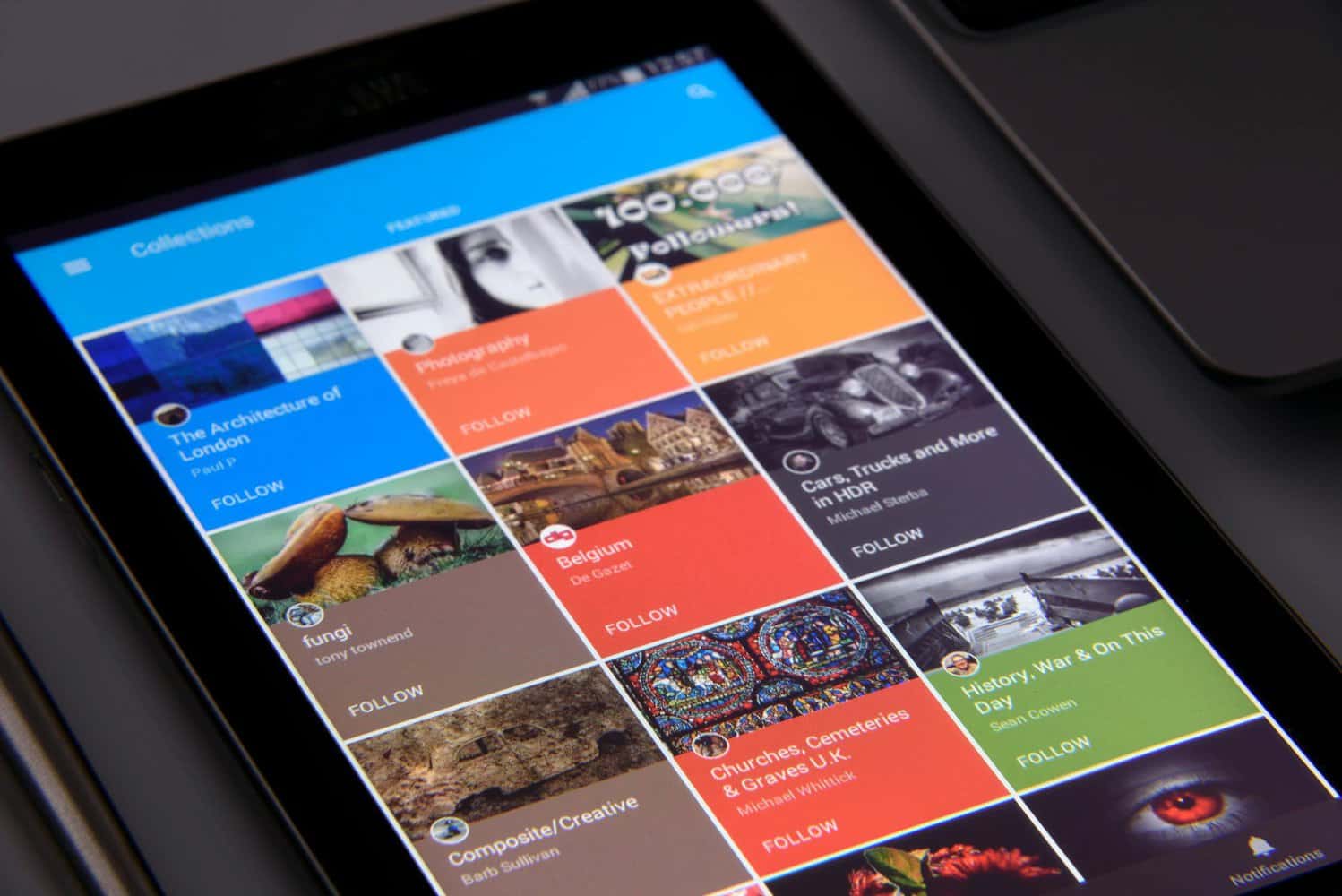Mobile App Security Checklist for Your Business Operations

In an era dominated by mobile devices and app usage, securing mobile applications has become essential. In fact, the World Economic Forum in 2023 ranked cybercrime and cybersecurity among the top 10 global risks.
Mobile app security involves protecting applications from various cyber threats that could compromise user data and privacy. Understanding and implementing effective security measures are crucial to counter these threats. Let’s explore practical strategies for enhancing mobile app security. Understanding these security practices can help app developers and organizations ensure a safer and more secure mobile experience for users.
What is Mobile App Security?
Mobile app security protects applications from attacks and breaches, especially as mobile devices and mobile commerce become more and more common. A weak link in your application development can lead to privacy and data breaches on the user end, leading to user information theft, revenue loss (when hackers illegally access special features or premium versions), and user financial data theft. It will ultimately put your company’s reputation at risk.
Common types of attacks include:
- SMS-based attacks: By clicking malicious links, users download malware
- Browser-based attacks: hackers use unsecured browsing activity or outdated browsers to install malware
- Application logic-based attacks: Hackers use loopholes to bypass authentication mechanisms to access data.
Strategies for Mobile App Security
Here are the different tips and techniques you can employ to enhance mobile app security.
1. Data Security Posture Management (DSPM)
DSPM is a category of solutions that protects both local and cloud data. Organizations and businesses use it to monitor data security procedures and policies and gain visibility on who has access to sensitive data, where it is, and how it’s being used. Data security posture management offers the following benefits:
- It enhances data protection by providing backup and encryption measures, reducing data loss.
- It helps reduce data surface attacks by monitoring and identifying sensitive data and potential entry points attackers can exploit.
- It allows optimal risk mitigation strategies, faster incident response, less downtime, and better risk mitigation strategies.
If you have cloud-based mobile apps, they enhance benefits through cloud data protection, movement, and visibility. Unlike CSPM (cloud security posture management), which focuses only on your organization’s cloud environment, DSPM solutions manage data security across the entire It environment.
2. Secure the Source Code and Implement MFA
Source code contains proprietary information, such as OAuth tokens, APIs, PII (Personal identifiable information), encryption keys, etc. To secure your source code, use SAST or Static Application Security Testing. It detects security flaws and access control policies through authorization and authentication. Similarly, you should use Data Loss Prevention (DLP) solutions for endpoint security.
Consider implementing MFA or multi-factor authentication, which uses a second layer of authentication, such as OTPs (one-time passwords) and facial or fingerprint recognition. You can also implement account lockout policies after failed login attempts for added security during the sign-in or sign-up process.
3. Conduct Pentesting and Prioritize API Security
Pentesting or penetration testing ensures threats and their possibilities are detected and deflected with time. You can use vulnerability scanning software to perform simulated attacks to see potential weak spots.
An API or application programming interface is a way for different programs and applications to communicate with each other. They determine your app’s performance, so you must invest in the ones with built-in security measures, vulnerability scanning, and data encryption. Your API security checklist must include the following:
- API cataloging
- Network security
- Run time protection
- Data security
- Front-end security
- Logging and monitoring
4. Code Obfuscation Techniques and Runtime App Self-Protection (RASP)
Obfuscation is a powerful technique that protects mobile apps from being understood and exploited by hackers or attackers. It does it by altering the source code into a format that is challenging to comprehend or read. RASP monitors how apps behave in use and takes action in case of suspicious behavior, such as data breaches. Install software that is compatible with your app usage to secure mobile apps.
Endnote
By adopting the recommendations outlined in this checklist, mobile app developers and organizations can fortify their defenses against evolving cyber threats. Implementing Data Security Posture Management (DSPM) enhances data protection, while source code fortification and MFA bolster authentication measures. Strengthening mobile app security safeguards user data and upholds brand integrity, fostering trust among users in an era dominated by mobile applications.




